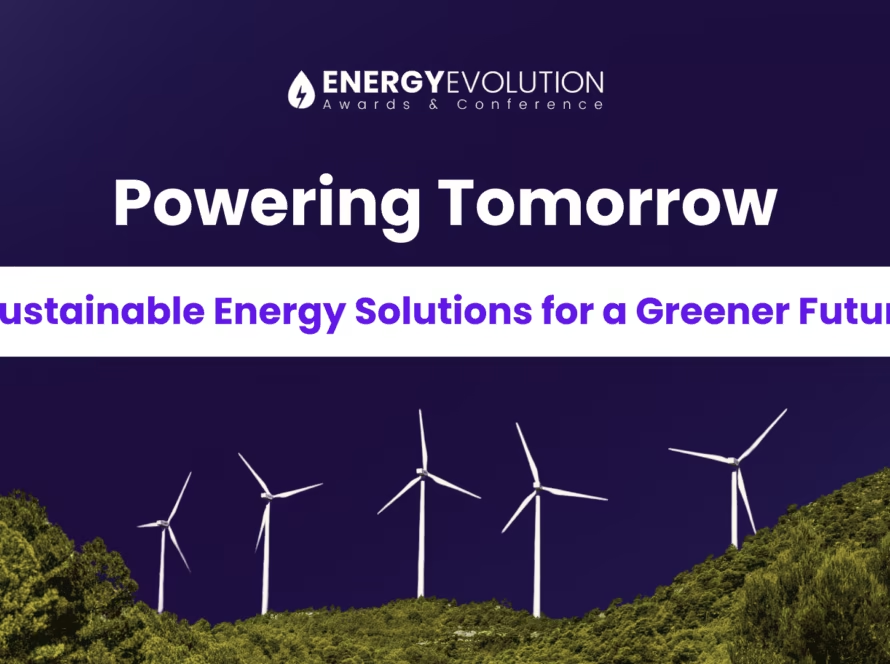Solar power stands at the forefront of the global transition toward cleaner and more sustainable energy sources. With continuous innovations in materials, manufacturing techniques, and system design, solar energy technology is evolving rapidly. This article explores the latest trends shaping the future of solar energy and how they are set to redefine global energy systems.
1. Next-Generation Solar Panels: Boosting Efficiency and Performance
Tandem and Perovskite Solar Cells
The quest for higher solar panel efficiency has led researchers to explore beyond traditional silicon cells. Tandem solar cells, which combine multiple materials to absorb a broader spectrum of sunlight, and perovskite solar cells, known for their impressive efficiency and low production costs, are emerging as breakthrough technologies. These innovations promise to lower the cost-per-watt and significantly increase electricity generation, making solar energy more accessible and cost-effective.
Bifacial Solar Panels
Bifacial panels represent a major leap in solar panel design. Unlike conventional panels that absorb sunlight only from the front, bifacial panels can capture light from both sides, boosting energy output. This feature makes them ideal for utility-scale solar farms where reflective surfaces can maximize rear-side energy gain.
Flexible and Lightweight Solar Panels
The development of flexible, lightweight, and even transparent solar panels opens up new applications—from vehicle rooftops to building-integrated photovoltaics (BIPV) and wearable solar fabrics. These adaptable panels can be installed on curved surfaces or seamlessly integrated into architectural elements, expanding the possibilities for solar adoption.
2. Efficient Energy Storage: Meeting the Challenge of Intermittency
Solar energy’s intermittency—its dependence on weather and daylight—makes storage a critical component of sustainable deployment. While lithium-ion batteries remain dominant, emerging storage technologies such as solid-state batteries and flow batteries offer improved energy density, longer life cycles, and enhanced safety. These innovations ensure reliable power supply during periods of low solar input, such as at night or on cloudy days.
3. Smart Solar Solutions: IoT and Solar Tracking Systems
The integration of IoT (Internet of Things) and advanced analytics is transforming how solar systems are monitored and managed. Smart solar solutions allow real-time performance tracking, predictive maintenance, and adaptive control in response to environmental conditions.
Meanwhile, solar tracking systems—especially single-axis and dual-axis trackers—enable solar panels to follow the sun throughout the day, maximizing energy capture. These systems are increasingly adopted in large-scale solar installations for their ability to significantly boost efficiency.
4. Floating Solar Farms (Floating Photovoltaics – FPV)
Floating solar farms, also known as floatovoltaics, are gaining global traction. Installed on water bodies such as lakes, reservoirs, or even the sea, they save valuable land while benefiting from natural cooling, which improves panel efficiency. Countries like China, India, Japan, and the Netherlands are leading the way in deploying FPV systems to expand renewable capacity in land-scarce areas.
5. Solar-Powered EV Charging and Advanced Inverters
Advanced inverters are essential for converting the direct current (DC) produced by solar panels into usable alternating current (AC). New-generation inverters improve grid integration, power quality, and system stability.
At the same time, the integration of solar panels with electric vehicle (EV) charging stations is gaining popularity. These solar-powered EV chargers reduce carbon emissions in transportation and align with global electrification goals, creating a synergy between mobility and renewable energy.
6. Solar Energy for Hydrogen Production
Solar energy is now being utilized for green hydrogen production through electrolysis—splitting water into hydrogen and oxygen using solar-powered electricity. The resulting hydrogen is clean, storable, and usable for fuel cells, industrial processes, and transportation, further broadening solar’s role in a decarbonized future.
Market Outlook and Impact
Despite ongoing supply chain and trade challenges, solar photovoltaic (PV) systems accounted for over 66% of all new renewable electricity capacity additions in
2022, connecting approximately 239 GW to the grid. According to SolarPower Europe and IEA PVPS, solar PV’s share of global electricity generation rose from 3.6% in 2021 to around 4.6% in 2022, highlighting its rapid expansion.
Over the past three years, carbon-free sources—such as solar PV, wind, hydropower, and nuclear—have consistently contributed more than 80% of total global capacity additions. Notably, solar and wind technologies alone accounted for over 75% of these expansions, positioning them as the primary forces driving the renewable energy surge.
Driving Innovation: The Role of Industry Events
To foster knowledge-sharing and collaboration, industry conferences and expos play a crucial role in accelerating the adoption of emerging solar technologies. One such promising event is the Energy Evolution Awards & Conference , organized by Next Business Media.
This prestigious forum will bring together global energy leaders, innovators, and visionaries to showcase groundbreaking technologies, address pressing challenges, and shape the future of energy. With a strong focus on sustainability, excellence, and collaboration, the event aims to celebrate innovation and propel the energy sector toward a greener, more technologically advanced era.
Conclusion
The future of solar energy is bright—powered by rapid technological advancements, smarter systems, and global collaboration. As high-efficiency panels, advanced storage, smart grids, and hydrogen integration gain momentum, solar energy is poised to lead the world toward a clean, resilient, and sustainable energy future.




